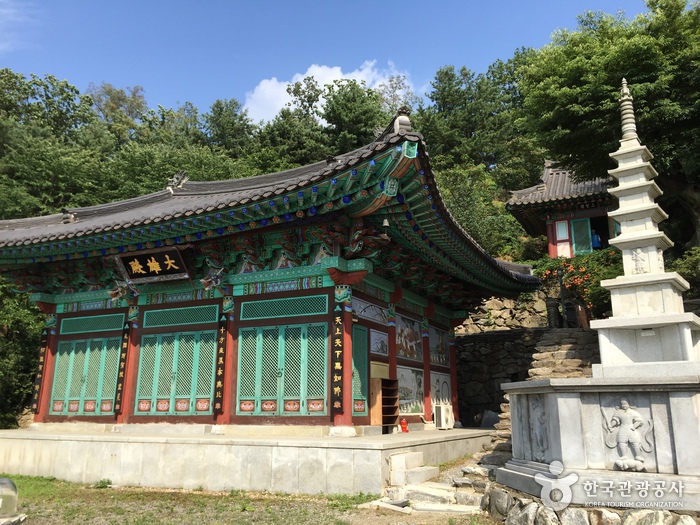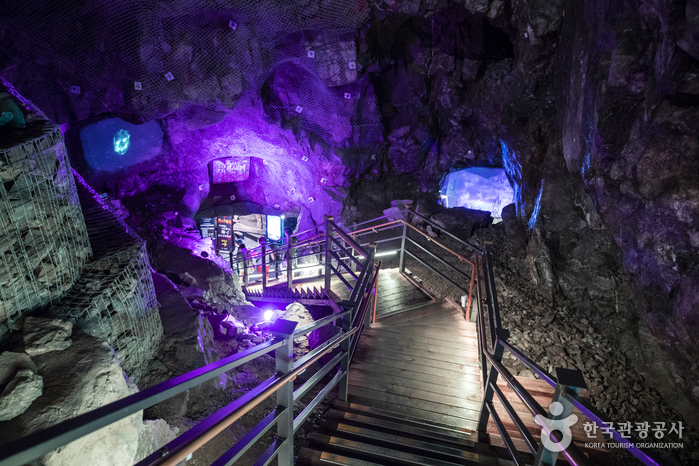Lotte Outlets - Goyang Terminal Branch [Tax Refund Shop] (롯데아울렛 고양터미널점)
18.8Km 2024-04-22
1036, Jungang-ro, Ilsandong-gu, Goyang-si, Gyeonggi-do
-
Olive Young - Hanam Misa Station Branch [Tax Refund Shop] (올리브영 하남미사역점)
18.9Km 2024-06-27
#1081 and #1086, 95, Misagangbyeondong-ro, Hanam-si, Gyeonggi-do
-
Olive Young - AVENUE FRANCE Gwangmyeong Branch [Tax Refund Shop] (올리브영 광명아브뉴프랑점)
18.9Km 2024-06-26
B2F, #13, #14, #15, #23, and #24, 16, Yangji-ro, Gwangmyeong-si, Gyeonggi-do
-
Nike - Starfield Bucheon Branch [Tax Refund Shop] (나이키 스타필드부천)
18.9Km 2024-04-18
3F, #3170, 1, Okgil-ro, Bucheon-si, Gyeonggi-do
-
ABC-Mart - Starfield Bucheon Branch [Tax Refund Shop] (ABC마트 ST스타필드부천점)
18.9Km 2024-04-18
1, Okgil-ro, Bucheon-si, Gyeonggi-do
-
Uniqlo - Starfield Bucheon Branch [Tax Refund Shop] (유니클로 스타필드부천)
18.9Km 2024-04-19
2F, 1, Okgil-ro, Bucheon-si, Gyeonggi-do
-
E-Mart Traders - Starfield Bucheon Branch [Tax Refund Shop] (이마트트레이더스 스타필드부천)
18.9Km 2024-04-22
1, Okgil-ro, Bucheon-si, Gyeonggi-do
-
Songam Space Center (송암스페이스센터)
18.9Km 2019-11-26
103, Gwonnyul-ro 185beon-gil, Yangju-si, Gyeonggi-do
+82-31-894-6000
Songam Space Center, set against the gorgeous backdrop of nearby Jangheung Park, Yangju-si, Gyeonggi-do, is one of the largest space themed parks in Korea. Situated on Gyeomyeongsan Mountain at around 440 meters above the sea level, the observatory (B1-3F) features a main telescope that was locally developed and allows visitors to see the stars even during the day. The observatory is part of Stars Valley, which consists of three different buildings: the Space Center, Star House, and Songam Observatory.
Newton Center, a main observatory center of Songsam Observatory has a 600 milimeter Ritchey-Chretien reflecting telescope allowing for clear and convenient observation of the stars. Galilei Center, a sub-observatory facility has seven telescopes including reflecting, catadioptric and refracting telescopes, as well as a CCD camera, digital camera, intermediate telescope and other observation aid devices. Facilities at the observatory include the Challenger Learning Center, a Digital Planetarium, and Star House, a four-story accommodation/training facility. There are also two cable cars, each of which can hold as many as 33 people.
Manggyeongam Hermitage (망경암)
18.9Km 2021-04-24
72, Taepyeong-ro 55beon-gil, Sujeong-gu, Seongnam-si, Gyeonggi-do
+82-31-753-3090
Manggyeongam’s name derives from the hermitage's view of Seoul, and is located in Bokjeong-dong of Seongnam, Gyeonggi-do. Manggyeongam
Hermitage is said to be the place where kings of the late Goryeo and early Joseon periods prayed for peace for their subjects. In addition, Prince Pyeongwon, the 7th son of King Sejong, and Grand Prince Jean built an altar at Mangyeongam Hermitage and Chilseongdae Peak and pledged filial piety.
The hermitage is more widely known for its connection to the Chilseong faith, in which believers worship
Chilseong (the Seven Stars). It is easily recognized by the written records inscribed into the rock wall. Located at the hermitage is the Rock-carved Seated Buddha, an original work of the hermitage that is also designated Gyeonggi-do’s Tangible Cultural Asset No. 102. The Buddha is embossed inside a deep hole in the rock. In the words inscribed near the statue, there is also a legend that says Lee Gu-seung carved Gwaneum Statue near Rock-carved Seated Buddha and built the hermitage in 1897.
Next to the hermitage is a pond called “Bokumul,”
which means “blessed sugared water.” The neighborhood of Bojeong-dong takes its name from this pond. At the hermitage, Daeungjeon Hall (the main hall), Samseonggak Shrine (shrine for three spirits), and Mireukjeon Hall were all established fairly recently. The hermitage site also includes a huge Mireuk Daebul statue (Great State of Maitreya Buddha) and a five-story stone pagoda.
Gwangmyeong Cave (광명 동굴)
19.0Km 2025-06-30
142 Gahak-ro 85beon-gil, Gwangmyeong-si, Gyeonggi-do
Gwangmyeong Cave was developed in 1912 during the Japanese colonial period to exploit resources, including gold mines, and continued to be developed for industrial purposes after liberation. After the mine was closed in 1972, it was used as a salted seafood warehouse for about 40 years. Gwangmyeong City purchased the site, reorganized it, and made it available to the public. It is currently recognized as a modern industrial heritage site with high historical value, and is well known as a cave theme park in the metropolitan area. Along with the cave, colorful lights and sculptures create a spectacular sight. Aside from tasting and purchasing Korean wine at the Gwangmyeong Wine Cave, visitors can also see the largest media art piece in Korea at the Lascaux Exhibition Hall, enjoying a more diverse travel experience.
![Lotte Outlets - Goyang Terminal Branch [Tax Refund Shop] (롯데아울렛 고양터미널점)](http://tong.visitkorea.or.kr/cms/resource/60/2890560_image2_1.jpg)

![Nike - Starfield Bucheon Branch [Tax Refund Shop] (나이키 스타필드부천)](http://tong.visitkorea.or.kr/cms/resource/23/2881923_image2_1.jpg)
![ABC-Mart - Starfield Bucheon Branch [Tax Refund Shop] (ABC마트 ST스타필드부천점)](http://tong.visitkorea.or.kr/cms/resource/25/2881925_image2_1.jpg)
![Uniqlo - Starfield Bucheon Branch [Tax Refund Shop] (유니클로 스타필드부천)](http://tong.visitkorea.or.kr/cms/resource/28/2891028_image2_1.jpg)
![E-Mart Traders - Starfield Bucheon Branch [Tax Refund Shop] (이마트트레이더스 스타필드부천)](http://tong.visitkorea.or.kr/cms/resource/20/2881920_image2_1.jpg)


 English
English
 한국어
한국어 日本語
日本語 中文(简体)
中文(简体) Deutsch
Deutsch Français
Français Español
Español Русский
Русский